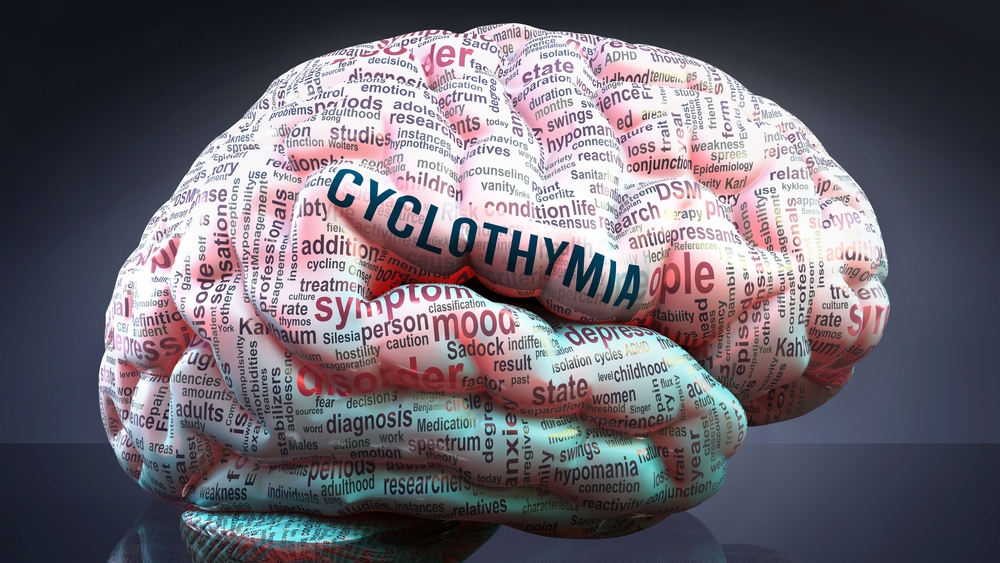Understanding Cyclothymia: A Mild Form of Bipolar Disorder
Cyclothymia Overview
Cyclothymia is a mild form of bipolar disorder characterized by mood swings that cycle between hypomania and mild depression. Unlike full-blown bipolar disorder, the mood swings in cyclothymia are not severe enough to significantly impair functioning. However, living with cyclothymia can still be challenging.
Hypomanic Episodes: Energized and Impulsive
Characteristics of Hypomania
The hypomanic episodes involve feeling productive, energetic, and elated. During hypomania, people may have a decreased need for sleep, talk very rapidly, have racing thoughts, and engage in impulsive or risky behaviors like overspending. The periods of hypomania typically last a few days at a time.
Depressive Episodes: Sadness and Low Energy
Characteristics of Depression
The depressive episodes involve feelings of sadness, low energy, lack of enjoyment, and hopelessness. These episodes are not as extreme as a major depressive episode. People with cyclothymia are able to carry out their daily activities when depressed, though they may feel like life has lost some of its joy and meaning.
Onset and Frequency: Adolescence to Adulthood
Cyclothymia Onset
Cyclothymia often begins in adolescence or early adulthood. On average, people with cyclothymia experience 3-4 hypomanic episodes and 3-4 mild depressive episodes per year. The cycles can be very irregular and are different for each individual. Some people experience cycles that range from daily to monthly switching between hypomanic and depressive states.
Underlying Factors: Genetics and Biochemistry
Possible Causes
While the exact causes are unknown, cyclothymia appears to involve a genetic predisposition and biochemical imbalances in the brain. Abnormalities in circadian rhythms and unstable levels of mood-regulating neurotransmitters like serotonin may contribute to the mood instability. Stressful life events can trigger cyclothymic episodes in susceptible individuals.
The Challenge of Diagnosis
Undiagnosed Cyclothymia
Cyclothymia often goes undiagnosed because the mood swings are less extreme than full bipolar disorder. People may view themselves as having a moody personality and may not seek treatment. However, cyclothymia can take a toll on relationships, work performance, and quality of life over time.
Seeking Help and Treatment
Importance of Diagnosis
Seeking an accurate diagnosis is important so appropriate treatment can be pursued. Cyclothymia is typically diagnosed through a psychiatric evaluation examining the person’s history of mood swings. Keeping a mood journal for a few months can help reveal the cyclical pattern.
Treatment Options
The main treatment for cyclothymia is medication to stabilize moods, such as mood stabilizers and antidepressants. Lithium and anticonvulsant medications like lamotrigine are commonly prescribed. Some people may also benefit from psychotherapy to learn coping techniques. Getting adequate sleep, avoiding drugs and alcohol, and managing stress are also important in managing cyclothymia.
The Road to Recovery
Preventing Progression
Without treatment, cyclothymia can worsen over time and develop into bipolar I or II disorder in around 30% of cases. Early intervention can help manage symptoms before they progress. With proper treatment, many people with cyclothymia are able to regulate their mood cycles and live full, balanced lives. Increased awareness and recognition of cyclothymia is critical so those affected can get help before the disorder becomes disabling.






0 Comments